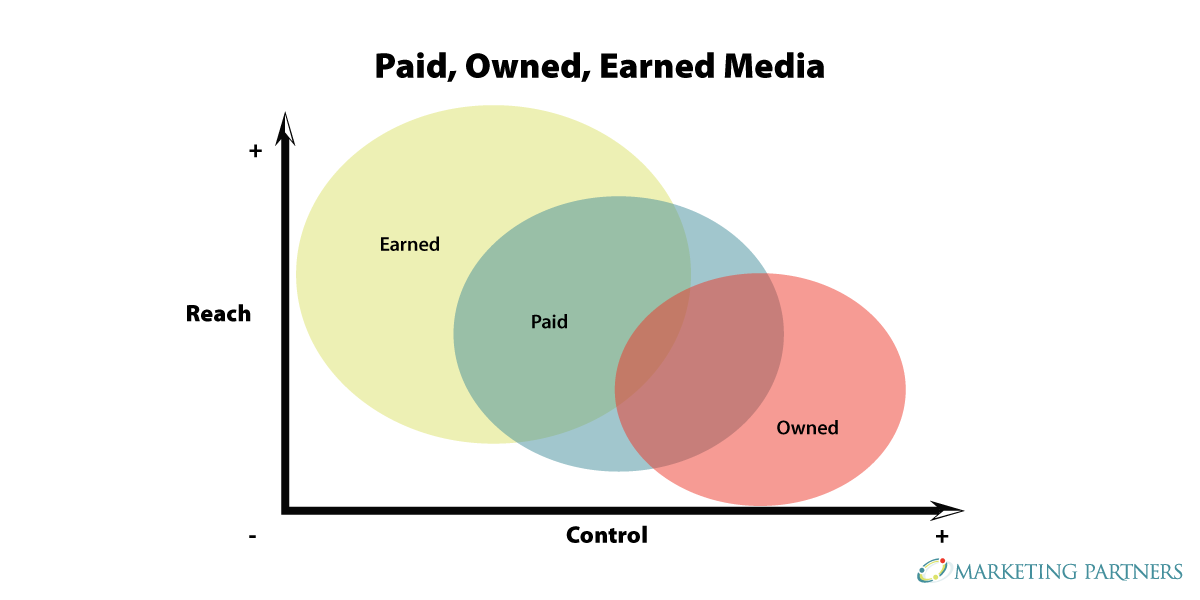How to Use Your Core Values to Inspire, Retain, and Energize Your Team
For the last few decades, but especially so in recent years, people are seeking out more than just an income from their place of employment. More...


If you have a website without the HTTPS protocol, you should have received an email recently telling you that Google Chrome will show a security warning to your site visitors starting in October. Uh-oh, and now what do you do?

Google explained: “HTTPS (Hypertext Transfer Protocol Secure) is an internet communication protocol that protects the integrity and confidentiality of data exchanged between the user's computer and the site. Users expect a secure and private online experience when using a website. We encourage you to adopt HTTPS in order to protect your users' connection to your website, regardless of the content on the site.”[i]
Simply stated, HTTPS is a more secure way to serve web pages than HTTP (Hypertext Transfer Protocol). To enable HTTPS, your site needs an SSL (secure socket layer) security certificate and capable hosting service. Many hosts offer HTTPS/SSL as part of their service package either free or for a nominal charge (about $100 per year).
![]() OR
OR ![]()
![]()
Look for the locked green padlock. Warnings will initially only show on websites viewed using Google Chrome browsers for sites (or pages) that include any form field and are not HTTPS. That means any text field may trigger a security warning, including a search box or donate button or email subscription form. Currently, Chrome is the most popular web browser with over 45% of market share.[ii]
It is likely that Google will eventually require HTTPS for any site pages on Chrome, even without fields, as they try to make surfing the web safer and more secure for Chrome users.
Other browsers are likely to follow in Google’s footsteps and increase security warnings for sites not using HTTPS.
Start with your website host or CRM software company if they include hosting. They may have free or low-cost domain SSL certificate service for your website hosting. If your hosting service does not offer security certificates, you may need to purchase a third-party certificate or consider changing hosting provider.
You can purchase and install (you may need tech support assistance) a third-party certificate. Third-party certificates may be more expensive but often offer a more robust service.
While Google considers HTTP and HTTPS different websites, and it is possible to have different content or websites on each, you should not need a new website. It is common to change a website from HTTP to HTTPS and update Google settings using site move.[iii]
There are many steps to changing a website to HTTPS, but the basics are implement HTTPS using an SSL certificate, require HTTPS to view your web pages, and create redirects from the HTTP address to the HTTPS address. You will also want to submit a new sitemap to Google Search Console (previously known as Webmaster Tools).
Sources:
[i] HTTPS, https://support.google.com/webmasters/answer/6073543
[ii] http://www.zdnet.com/article/chrome-is-the-most-popular-web-browser-of-all/
[iii] https://support.google.com/webmasters/answer/34437
The Change Conversations blog is where changemakers find inspiration and insights on the power of mission-driven communication to create the change you want to see.
© 2009- to present, Marketing Partners, Inc. Content on the Change Conversations blog is licensed under a Creative Commons Attribution-Noncommercial-NoDerivs 3.0 United States License to share as much as you like. Please attribute to Change Conversations and link to ChangeConversations.
Creative Commons License may not apply to images used within posts and pages on this website. See hover-over or links for attribution associated with each image and licensing information.

For the last few decades, but especially so in recent years, people are seeking out more than just an income from their place of employment. More...

You know nonprofit organizations need websites just as small businesses do, but you may be surprised to learn nonprofit sites can be more complex and...

In today’s rapidly evolving media landscape, understanding where and how your story is told isn’t just strategic—it’s essential. How you communicate...